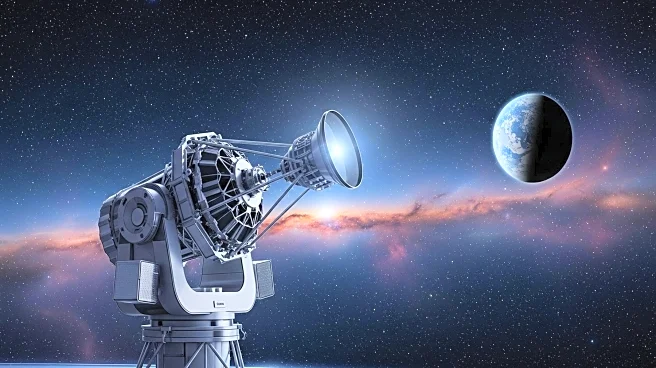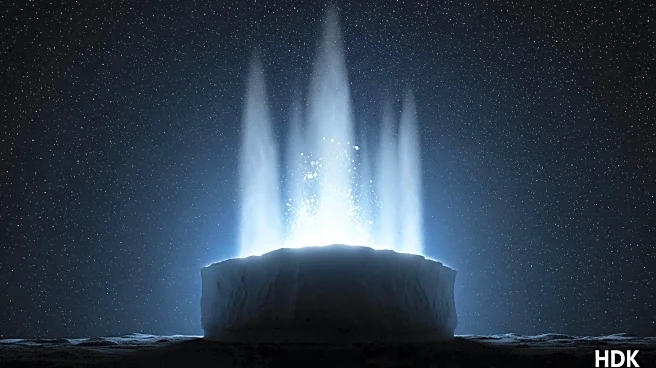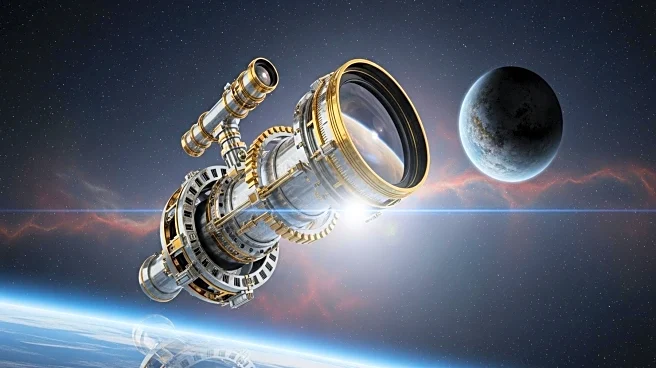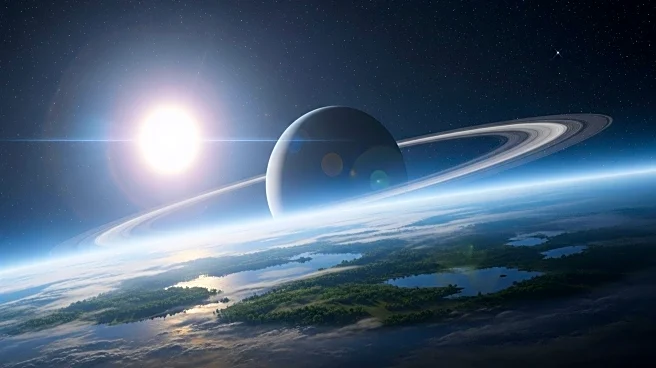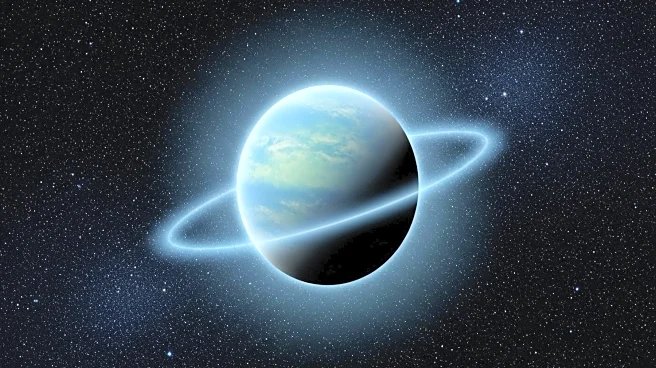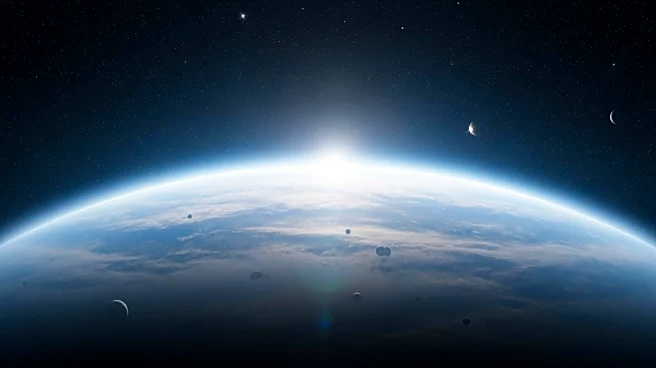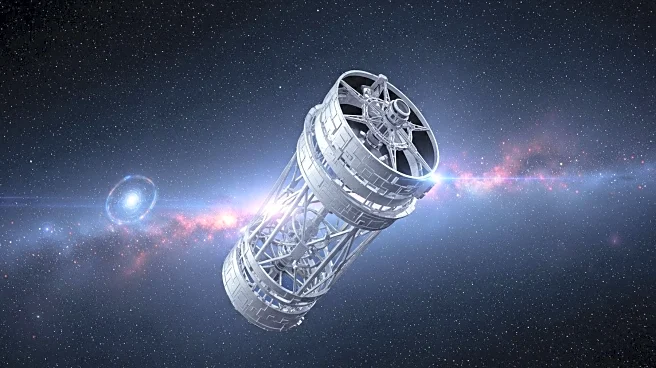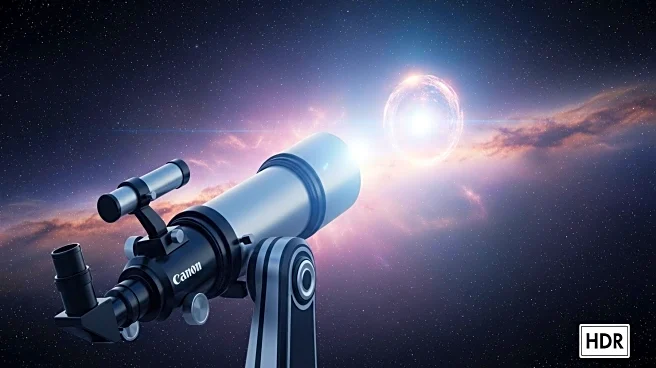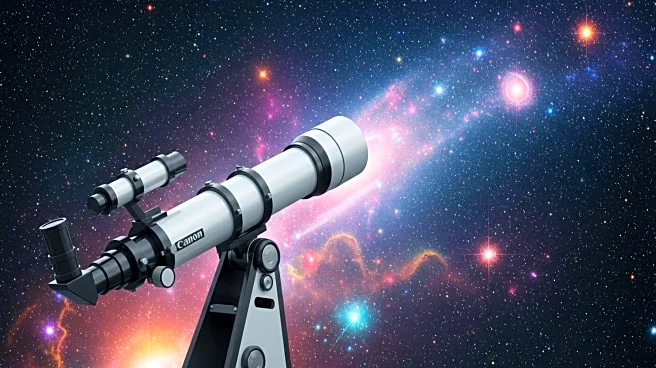What's Happening?
NASA's James Webb Space Telescope is examining TRAPPIST-1 e, an Earth-like exoplanet orbiting the red dwarf star TRAPPIST-1, located 40 light-years away. Discovered in 2017, the TRAPPIST-1 system includes seven Earth-sized planets, with TRAPPIST-1 e positioned in a zone where surface water is theoretically possible. Researchers are using the telescope's Near-Infrared Spectrograph to detect an atmosphere by analyzing starlight absorption. Initial findings suggest TRAPPIST-1 e lacks a primary atmosphere, typically composed of hydrogen and helium, due to the star's frequent flares. However, it may have developed a secondary atmosphere, potentially containing water.
Why It's Important?
The study of TRAPPIST-1 e is crucial for understanding the conditions that might support life beyond Earth. The presence of water and a stable atmosphere could indicate habitability, influencing future space exploration and research priorities. Discovering an atmosphere would provide insights into atmospheric composition and potential greenhouse effects, similar to Earth's. This research could impact scientific theories on planet formation and atmospheric development, offering a glimpse into the possibilities of life in other solar systems.
What's Next?
NASA scientists will continue to analyze data from the Webb telescope to confirm the presence and composition of TRAPPIST-1 e's atmosphere. Further observations will help determine the potential for water and the planet's habitability. The findings may guide future missions aimed at exploring exoplanets with similar characteristics, expanding our understanding of life-supporting environments in the universe.
